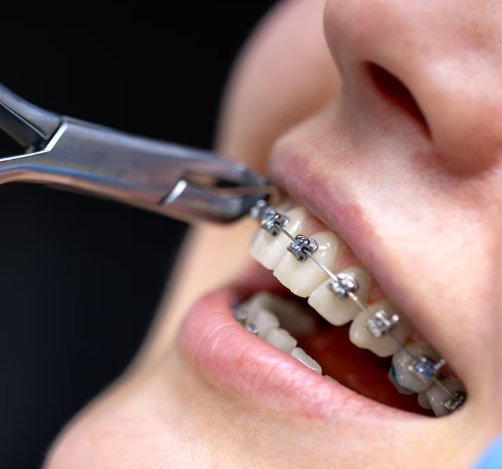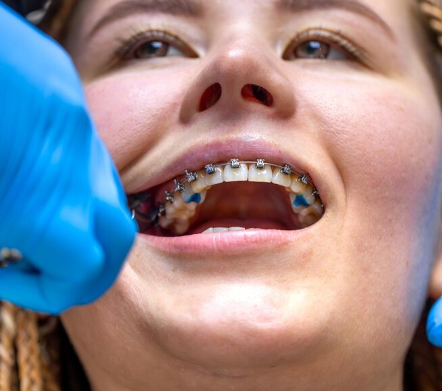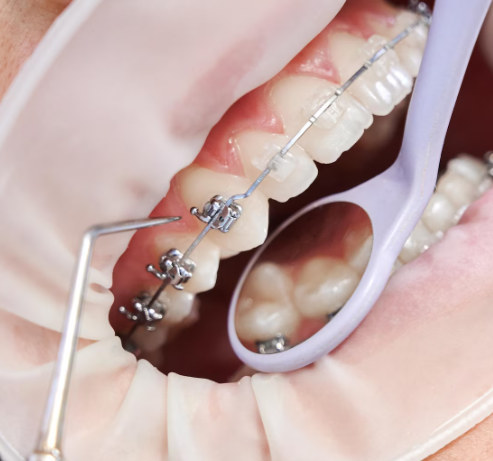Treatment Overview
Blepharoplasty, commonly known as eyelid surgery, is one of the most sought-after cosmetic procedures in Korea. It involves reshaping or enhancing the eyelids by removing excess skin, tightening loose muscles, and repositioning or removing fat deposits. In Korea, the procedure has evolved into an advanced art form, focusing on creating natural, youthful, and balanced eyes that harmonize with the patient’s facial features.
Unlike many Western techniques, Korean blepharoplasty emphasizes subtle, natural-looking results without an “overdone” appearance. It is also widely performed not only for anti-aging but also for aesthetic enhancement, such as double eyelid creation and revision surgeries.
Purpose & Benefits
- Corrects droopy eyelids and excess skin
- Reduces puffiness and eye bags
- Restores youthful definition to aging eyes
- Enhances symmetry and proportion
- Creates brighter, more open-looking eyes
- Improves vision in cases where sagging eyelids obstruct sight
Ideal Candidates
Blepharoplasty is suitable for individuals who:
- Have drooping upper eyelids or loose skin
- Struggle with under-eye bags or hollowing
- Want to correct tired, aged, or asymmetrical eyes
- Desire double eyelids (for monolid patients)
- Are in good health with realistic expectations
Possible Risks & Complications
Like all surgeries, blepharoplasty carries some risks. These may include swelling, bruising, temporary dryness, asymmetry, scarring, or infection. Rare complications include changes in eyelid function or difficulty closing the eyes. Choosing an experienced Korean plastic surgeon significantly reduces these risks, as Korea is home to some of the world’s top eyelid specialists.
Surgical Techniques Used in Korea
Korean blepharoplasty techniques are highly refined and customized. Common approaches include:
- Upper Blepharoplasty – Removes excess skin and fat, often combined with muscle tightening.
- Lower Blepharoplasty – Corrects under-eye bags and hollowness through fat repositioning or removal.
- Double Eyelid Surgery – Creates a natural-looking crease for patients with monolids. Methods include incisional, non-incisional (suture), and partial incisional techniques.
- Fat Repositioning Blepharoplasty – Preserves and redistributes fat rather than removing it, ensuring long-lasting and youthful results.
- Revision Eyelid Surgery – Corrects or refines results from previous surgeries.
Recovery & Aftercare
Most patients experience swelling and bruising for 1–2 weeks, with stitches usually removed within 5–7 days. Light activities can be resumed quickly, though strenuous exercise should be avoided for two weeks. Final results appear within 2–3 months as the eyelids fully heal. Korean clinics often provide advanced aftercare programs including LED light therapy, cold mask treatments, and specialized ointments to speed recovery.
Results & Longevity
Blepharoplasty in Korea is designed for natural and lasting results. Patients enjoy more youthful, refreshed eyes with improved contour and definition. While aging continues naturally, results typically last 7–10 years or longer. In the case of double eyelid surgery, results are usually permanent.
Treatment Process in Korea
Korea is considered the global leader in eyelid surgery due to its advanced techniques, high surgical volume, and emphasis on artistry.
- Customized surgical planning: Korean surgeons use 3D imaging and detailed analysis to design results tailored to each patient’s face.
- Natural aesthetic philosophy: Instead of creating a “westernized” appearance, Korean techniques focus on harmony with the patient’s features.
- Innovative methods: Scarless approaches, fat repositioning, and stem cell–assisted fat grafting are commonly used.
- World-class clinics: Seoul is home to specialized hospitals that cater to both domestic and international patients, offering English-speaking staff and comprehensive aftercare.
Cost Range in Korea
The cost of blepharoplasty in Korea varies depending on the type of surgery, surgeon expertise, and clinic reputation.
- Upper or lower blepharoplasty: ₩2,500,000 – ₩5,000,000 KRW ($1,800 – $3,700 USD)
- Double eyelid surgery (non-incisional): ₩1,500,000 – ₩3,000,000 KRW ($1,100 – $2,200 USD)
- Double eyelid surgery (incisional): ₩2,500,000 – ₩4,500,000 KRW ($1,800 – $3,400 USD)
- Fat repositioning blepharoplasty: ₩3,500,000 – ₩6,000,000 KRW ($2,600 – $4,500 USD)
- Revision eyelid surgery: ₩4,500,000 – ₩8,000,000 KRW ($3,400 – $6,000 USD)
Premium clinics and highly renowned surgeons may charge more, but they also provide advanced aftercare packages, luxury recovery rooms, and personalized service for international patients. Overall, prices in Korea are competitive compared to the US or Europe, with equally high—if not higher—standards of surgical excellence.
Popular Clinics in Korea
Several renowned clinics in Seoul specialize in blepharoplasty:
- Banobagi Plastic Surgery – Leading in anti-aging blepharoplasty and scarless methods.
- ID Hospital – Famous for double eyelid surgery and revision procedures.
- VIEW Plastic Surgery Clinic – Known for customized eye surgeries with 3D analysis.
- BK Plastic Surgery Hospital – High-volume eyelid center with extensive international reputation.
- Regen Plastic Surgery – Specializes in natural results with fat repositioning and under-eye rejuvenation.




